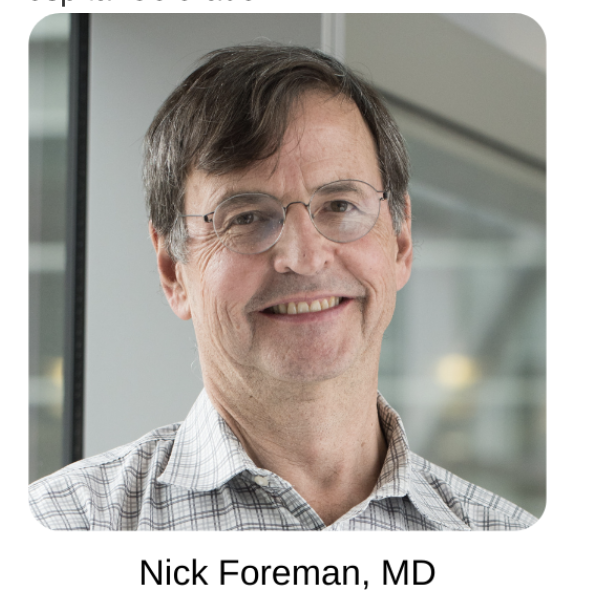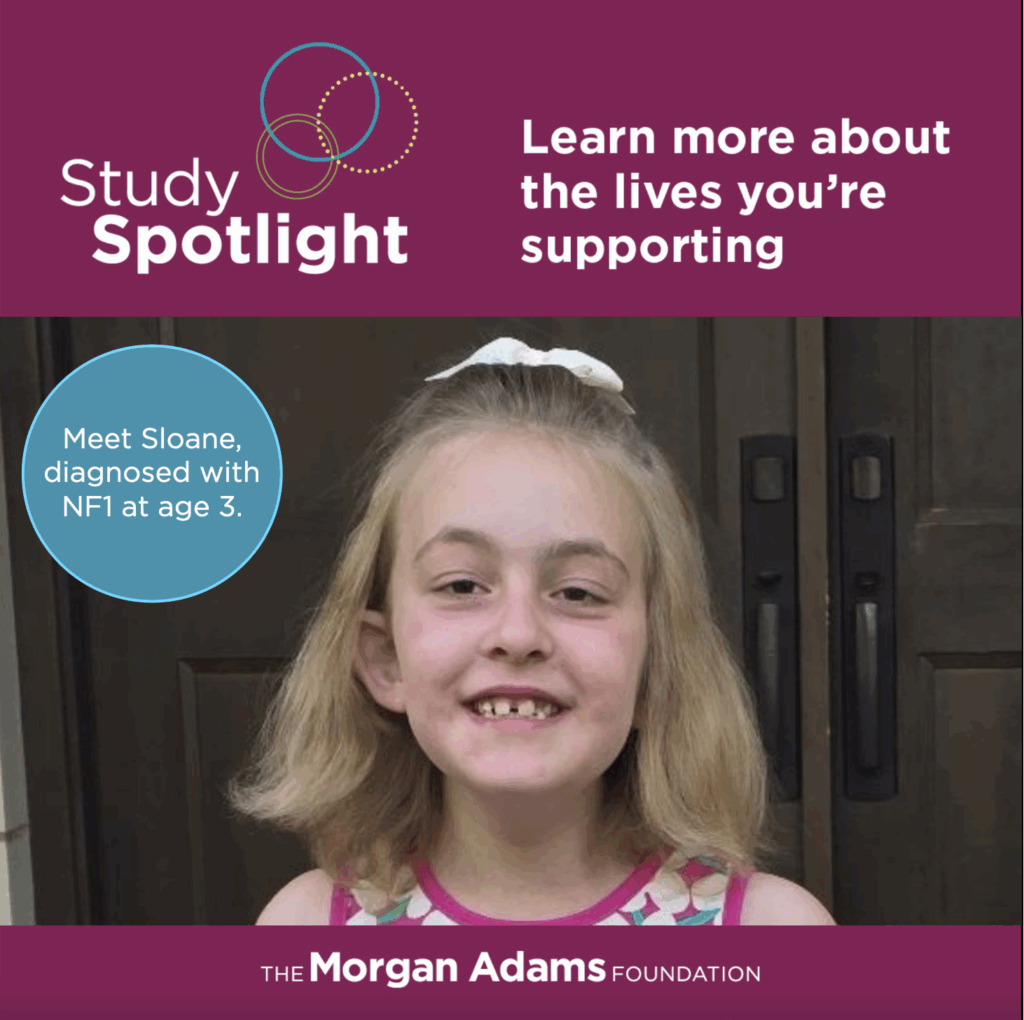
A bold new plan to stop tumor growth in pediatric Neurofibromatosis Type 1 (NF1)
What is pediatric Neurofibromatosis Type 1 (NF1)?
Pediatric Neurofibromatosis Type 1 (NF1) is an inherited genetic condition in that can cause the development of large, painful tumors called plexiform neurofibromas (PN). While these tumors are usually not cancerous, about 1 in 10 will turn into an aggressive and fatal cancer called malignant peripheral nerve sheath tumor (MPNST).
These malignant tumors are leading cause of death for kids with NF1. There are currently no effective treatments, and surgery is often not an option. Once a PN becomes cancerous, it can take a young life in just weeks.
You’ve helped us fund new progress toward stopping this malignant transformation – and give kids with NF1 a better chance at life.

In 2024 The Morgan Adams Foundation funded a project with Dr. Nick Foreman’s team that made critical advancements toward uncovering how certain neuronal signaling pathways may drive tumor progression in NF1.
Ultimately, this project led the team to identify drugs that are already in use for other cancers that could block these pathways – and stop the cancerous tumors growth. These findings bring new hope that existing treatments might be used to prevent the progression to cancerous tumors in young NF1 patients.
Today, with your help, the team is performing more in-depth studies to further investigate these findings:
Why this matters:
If successful, this research could be the first ever breakthrough for kids with cancerous NF1. And by using medications that already exist, a therapy could be developed and moved to clinical trial quickly.
Thanks to you, we are opening the door to a future where NF1 patients have real treatment options and real hope!
Want to learn more about the science behind this and other studies you’re helping to fund?
Learning more about the lives you’re supporting
Meet Sloane
At just 3 years old, Sloane was diagnosed with a bilateral optic nerve glioma – tumors on each of her optic nerves – and Neurofibromatosis Type 1 (NF1). She bravely underwent chemotherapy and a newly FDA-approved oral medication, but when infused treatments didn’t work and caused significant side effects, she transitioned solely to the oral medication. This new FDA drug has been a lifeline, replacing what would have been multiple infused chemotherapies with a single daily pill, allowing Sloane to go to school and thrive without fear of immunosuppression.
Sloane’s remarkable journey underscores her parent’s profound belief in the power of medical research and the critical need for continued investment in more effective treatments for children.

Want to learn more about the science behind this and other studies you’re helping to fund?